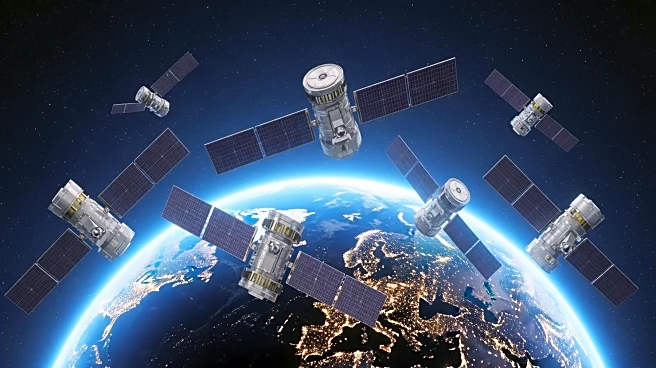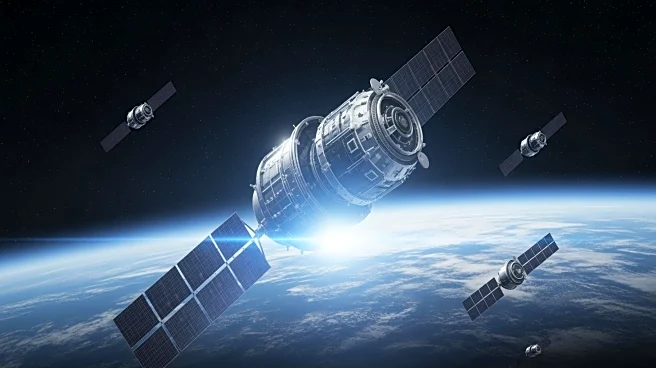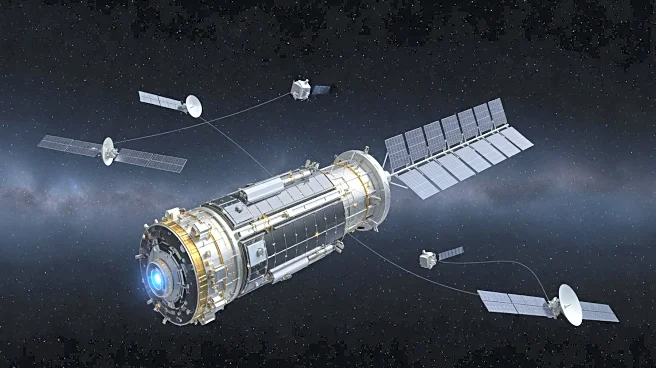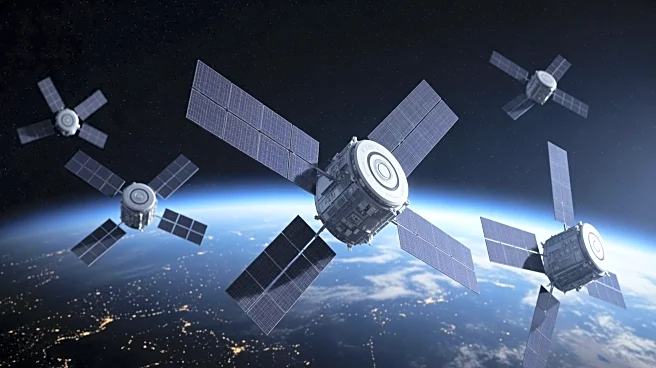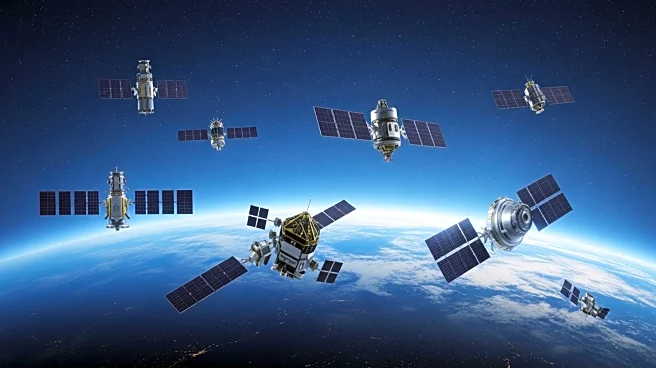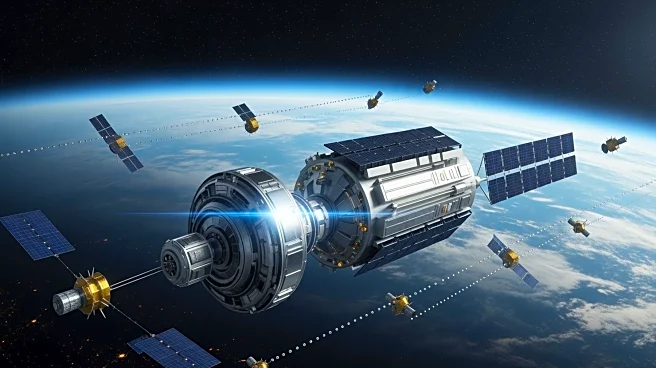What's Happening?
SpaceX launched 28 Starlink satellites aboard a Falcon 9 rocket from Vandenberg Space Force Base in California. The launch occurred at 4:13 p.m. EST, marking the eighth flight for the Falcon 9 booster,
known as B1093. The booster successfully landed on the drone ship 'Of Course I Still Love You' in the Pacific Ocean. The satellites will join SpaceX's growing megaconstellation in low Earth orbit, which already includes over 8,800 spacecraft providing wireless internet service globally. This launch is part of SpaceX's ongoing efforts to expand its Starlink network, which has surpassed 8 million customers worldwide.
Why It's Important?
The successful deployment of additional Starlink satellites is crucial for SpaceX's goal of providing global internet coverage, particularly in underserved areas. The expansion of the Starlink network enhances connectivity options for remote regions, potentially bridging the digital divide. This development also strengthens SpaceX's position in the satellite internet market, offering competitive services against traditional internet providers. The continued success of Falcon 9 launches demonstrates SpaceX's reliability and efficiency in satellite deployment, reinforcing its leadership in commercial space operations.
What's Next?
SpaceX plans to continue launching Starlink satellites to further expand its network. The company aims to increase the capacity and coverage of its internet service, potentially introducing new features and services. Future launches will likely focus on maintaining and enhancing the network's performance, ensuring consistent service quality for its growing customer base. As SpaceX progresses, it may face regulatory challenges and competition from other satellite internet providers, necessitating strategic planning and innovation.
Beyond the Headlines
The expansion of satellite internet services like Starlink raises questions about space debris and the long-term sustainability of satellite constellations. As more satellites are launched, the risk of collisions and space debris increases, prompting discussions on regulatory measures and technological solutions to mitigate these risks. Additionally, the widespread availability of satellite internet could impact traditional telecom industries, potentially leading to shifts in market dynamics and consumer behavior.
